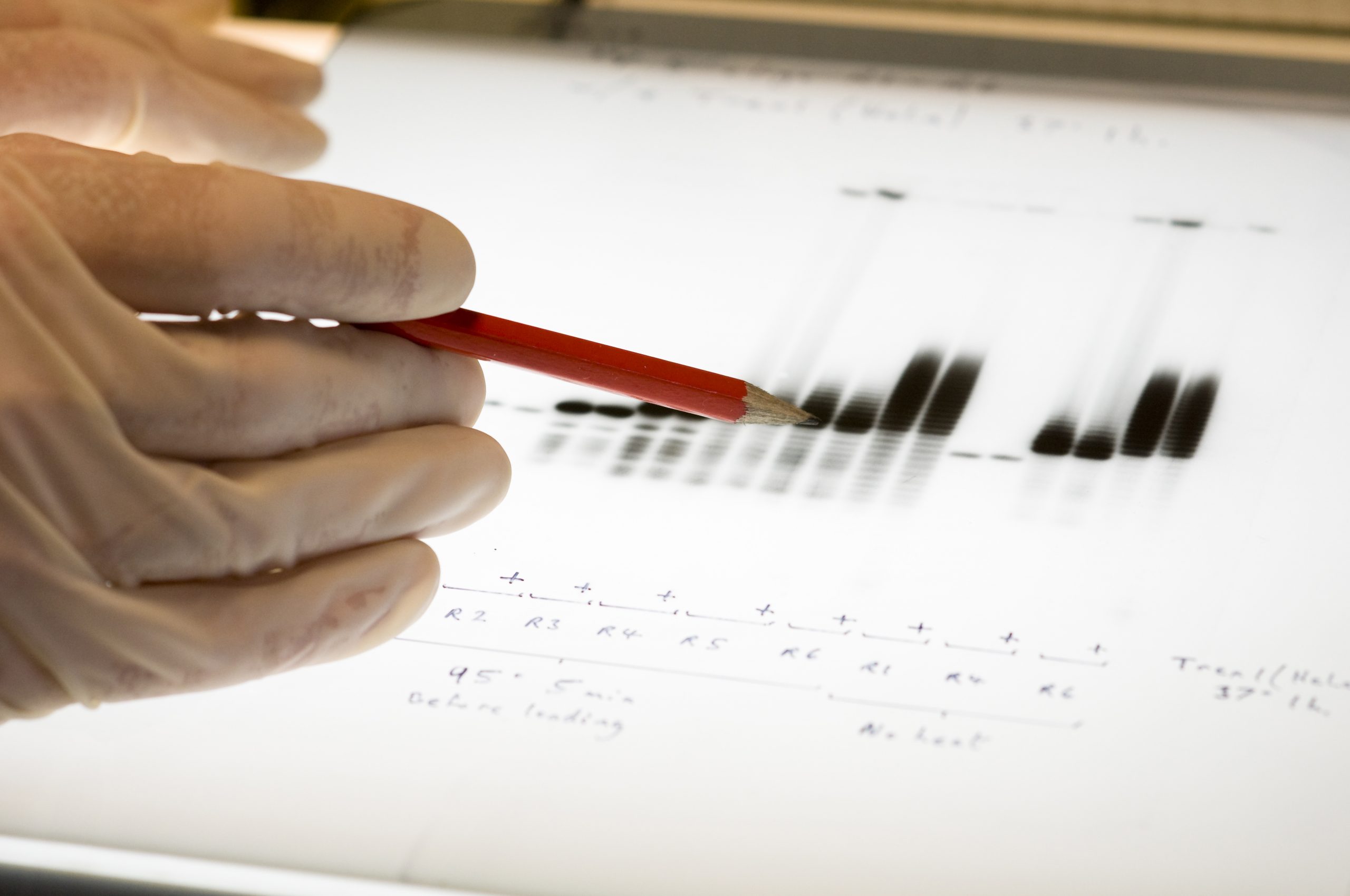While complex technologies, popularized by the media, are encroaching upon living science, from Crispr-Case 9 to the gene drive, we can see that “the eugenic perspective” of such applications is open to criticism. However, as biologist Jacques Testart pointed out in an article published in Le Monde, these techniques are far from being controlled. This type of editing methodology is endeavouring “to make the impossible possible: the stress caused triggers uncontrolled traces in the form of mutations and epimutations”.
However, a 2016 study [1] revealed the possibility of making gametes, “reproductive” cells from iPS cells. The study, which was limited to experiments in mice, paved the way for “producing embryos in unlimited quantities”. For the biologist, the gap “between the soma (cell line for body functions) and the germ line (line of gametes for procreation) is a considerable achievement for fundamental knowledge and research, but it also promises intervention in animals and humans”. Eventually, it paves the way for “procreation by sterile individuals or homosexuals or even auto-procreation”.
This alternative to genome handling, which is currently dominating the media, poses an ethical question which is overlooked during debates: “What are the eugenic consequences of human gamete production in abundance? ” It is, however, crucial because “‘simple’, rigorous, extensive selection would be likely to lead to species modelling without genome-modifying risks inherent in handling procedures – risks that have just come to light with Crispr”, as explained by Jacques Testart. “The genetic tool currently available and the anticipated profusion of target embryos could alter the human species over a few generations”.
According to Jacques Testart, “consider the upheaval if IVF no longer imposed painful medical procedures on women (apart from tissue sampling) and if, at the same time, it could eliminate numerous genetic features deemed to be undesirable, or even select desirable features”[2].
In this process, pre-implant diagnosis (PID), which allows the selection during IVF of “one (or more) [embryos] devoid of a suspect genetic characteristic and the transplantation of the embryo(s) into the uterus of the mother-to-be”, plays a crucial role. As far as Jacques Testart is concerned, “as soon as an effective, painless and safe methodology for selecting a child becomes available, all other options will be disregarded and the influx of couples will saturate bioclinical services”. Furthermore, “the criteria selected will converge towards a more or less medical or social norm” leading to a “drastic reduction in diversity”.
Although such developments should benefit the health economy given “the anticipated reduction in the frequency of serious diseases through birth pre-selection”, it “could lead to disillusion, especially on an individual basis”. Given this context, “differences or deviations from the norm, including behavioural and mental disorders, would prove intolerable” and “authoritarian spin-offs in the name of collective well-being” cannot be ruled out.
This future doesn’t seem that far off – nowadays “all stages in the human selection process are being implemented”.
And although this concept of eugenics “currently has two opposing facets,” the potential for altering the species” has not been overlooked. “It is precisely this potential that could nurture embryo sorting”. This aspect concerns Jacques Testart because, “with an air of indifference, we are paving the way for the selection of human beings from biogeneticists’ test tubes”.
[1] See “Murine reproduction without eggs?”
[2] These developments are nowadays facing two obstacles – a currently insufficient cell yield on the one hand, and “more importantly”, the need to “check that reconversions imposed on cells and necessary handling techniques are unlikely to impact on the normality and health of the unborn child”.
Le Monde diplomatique (Juillet 2017)

